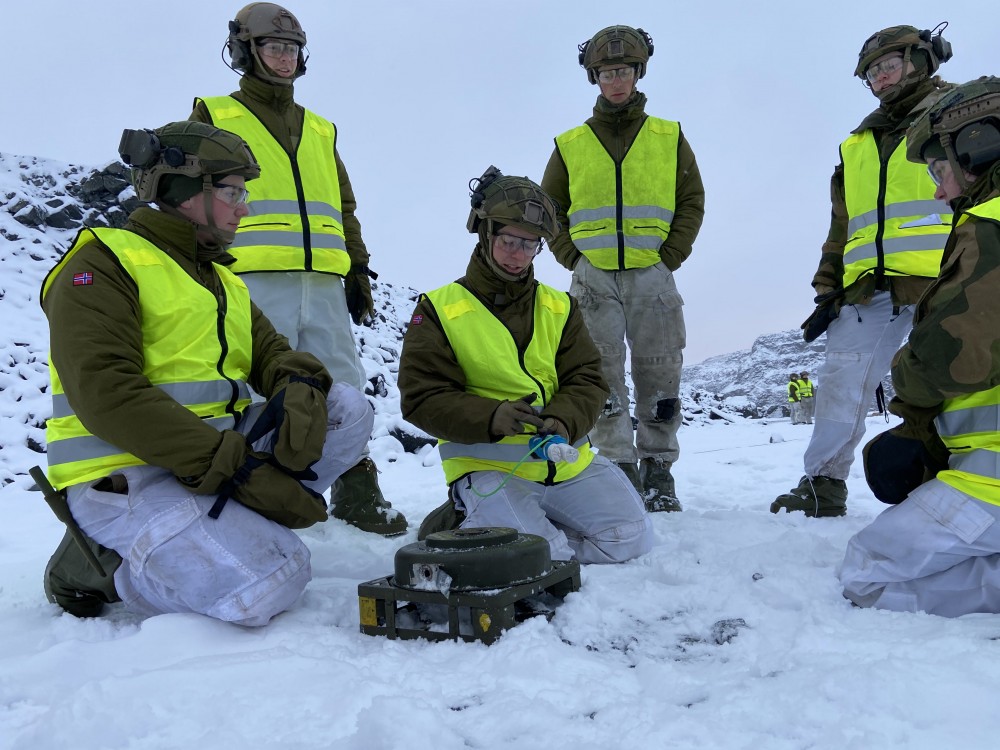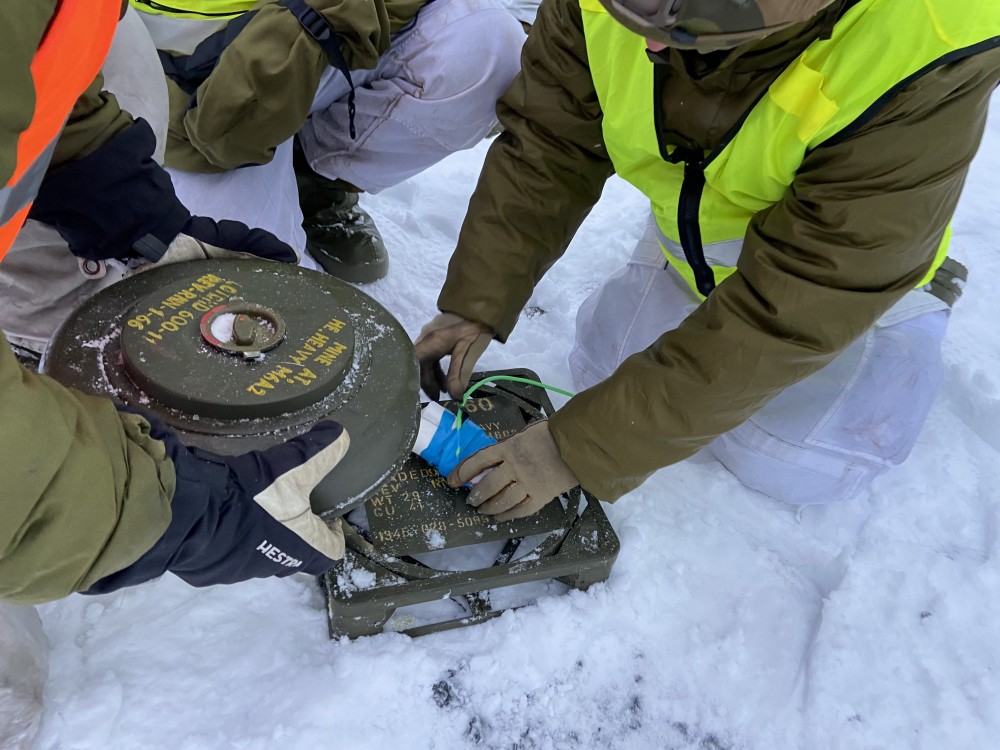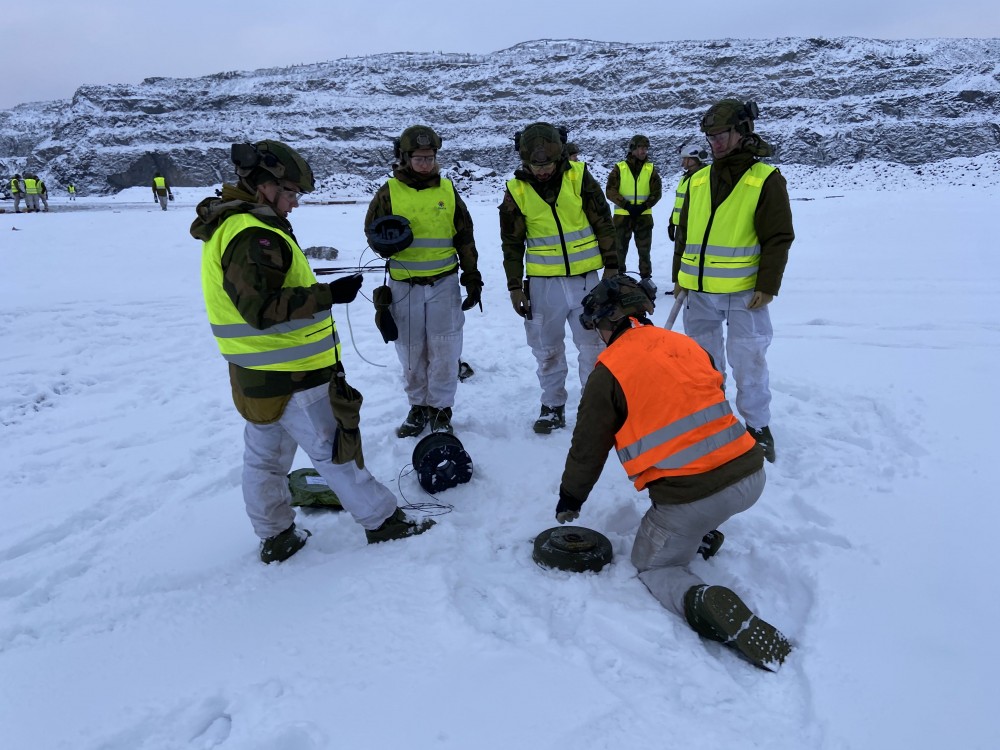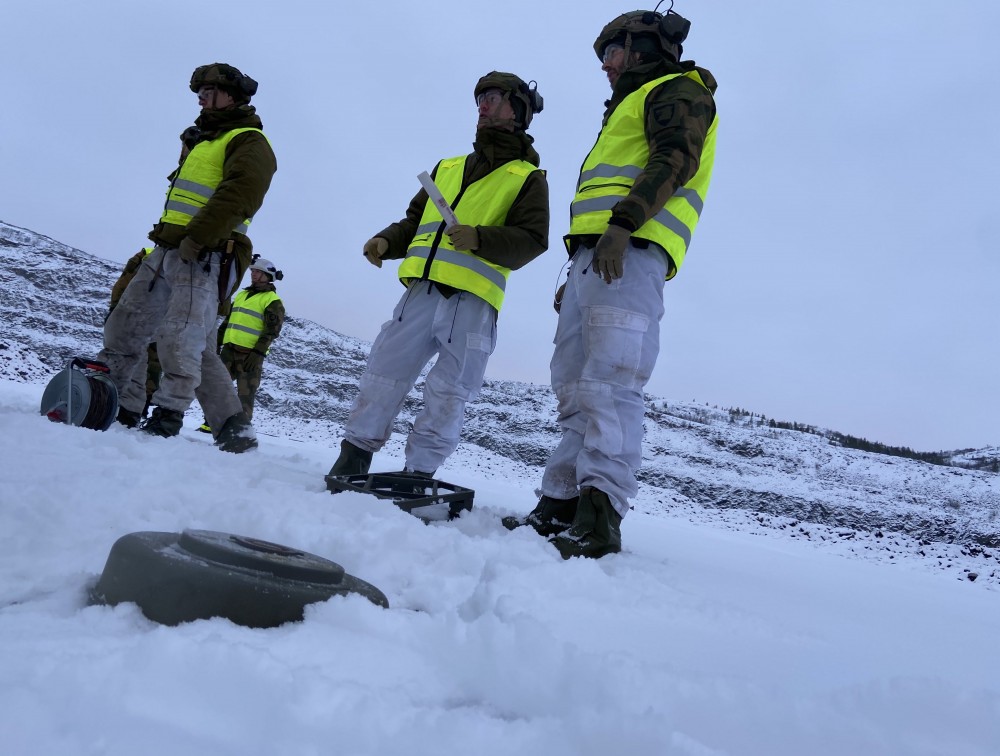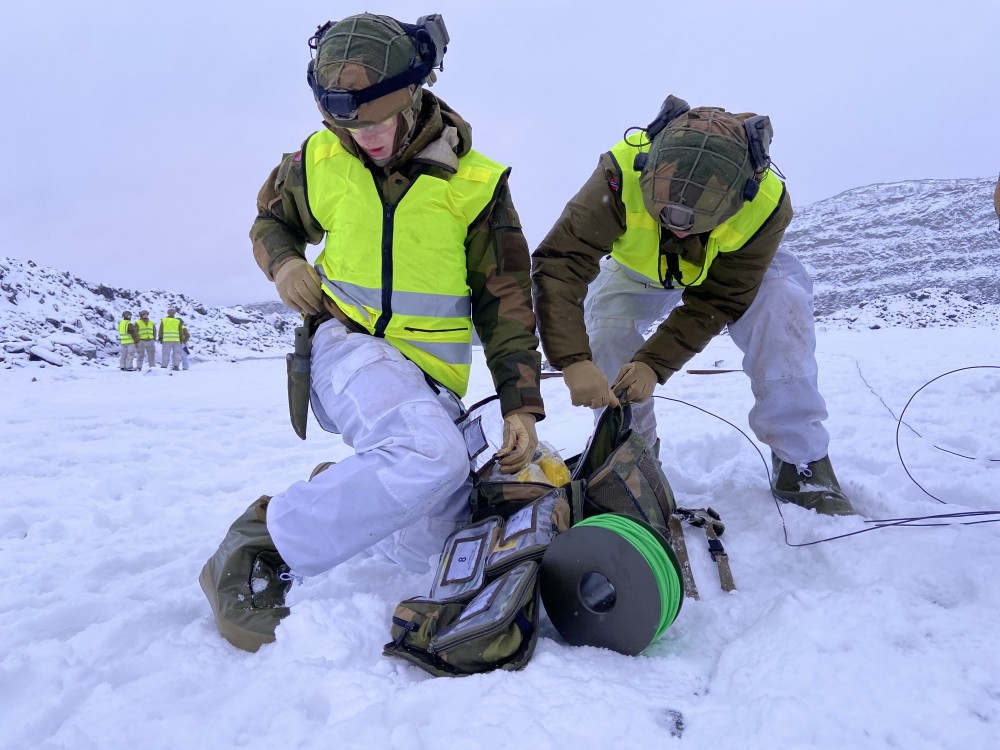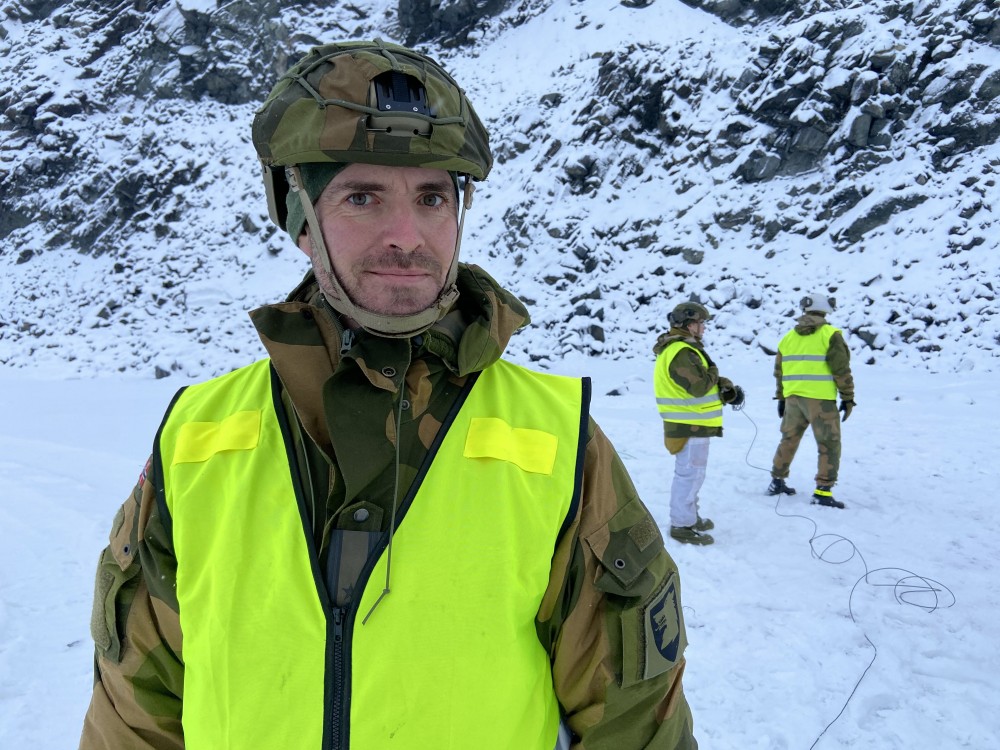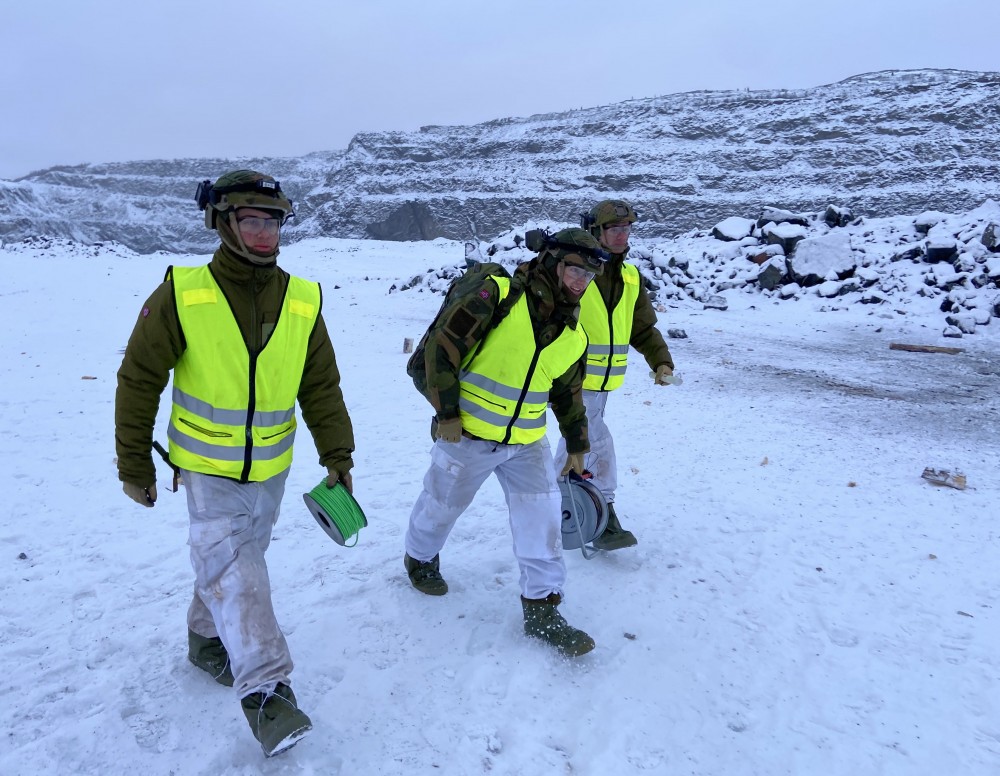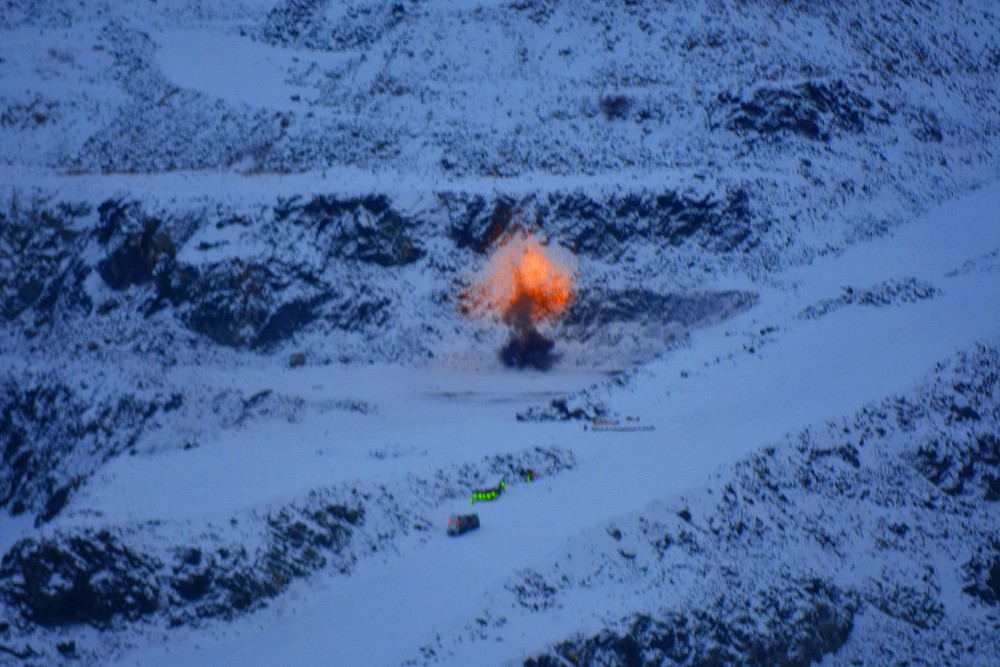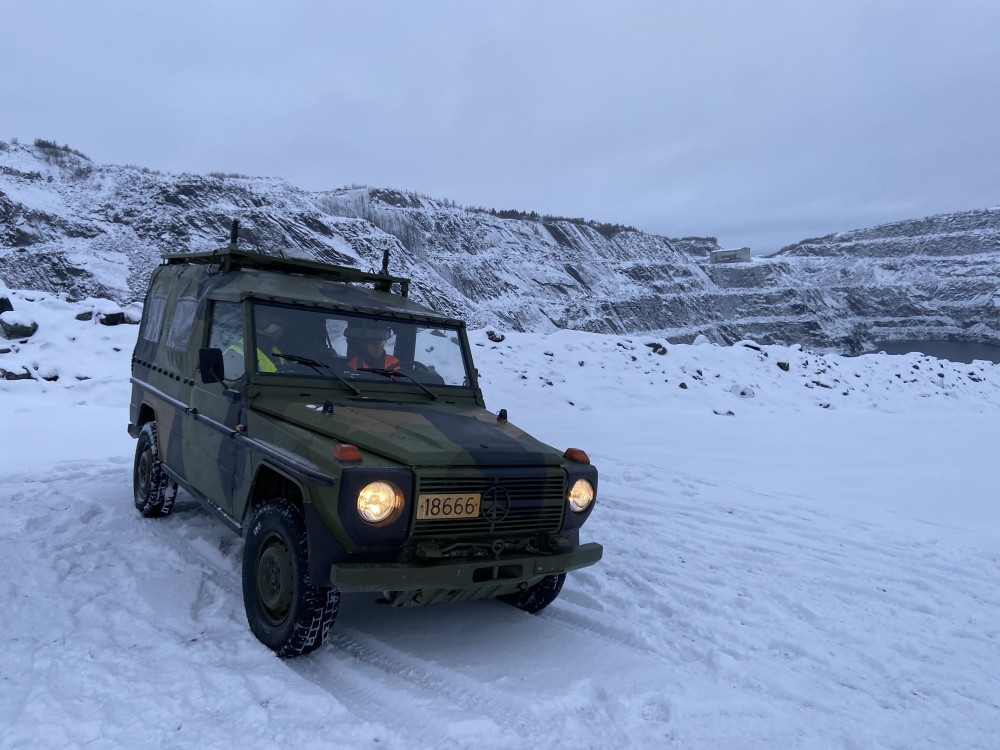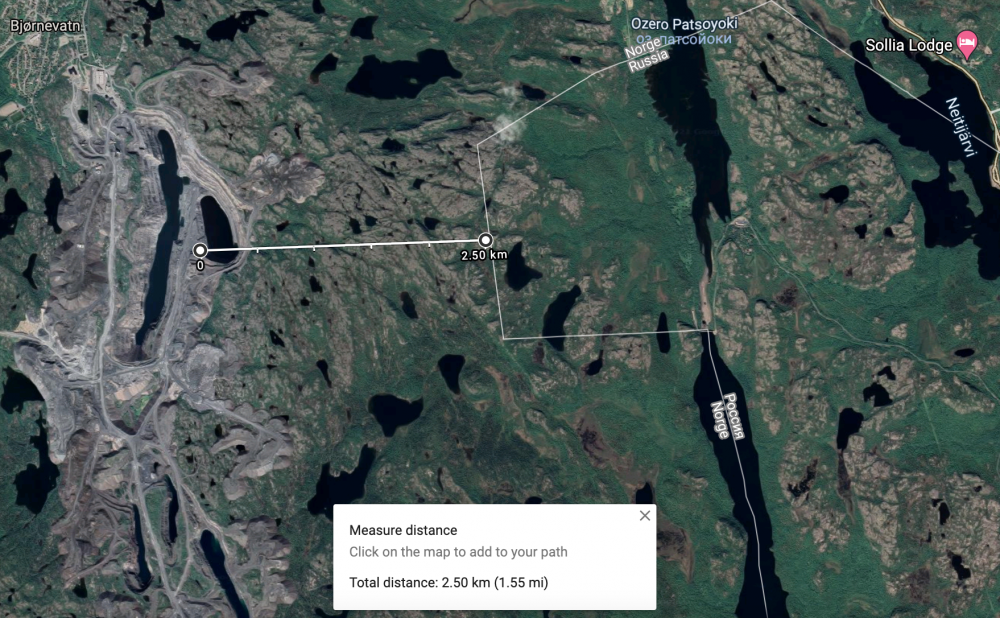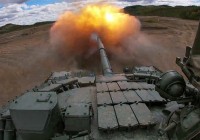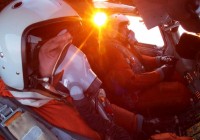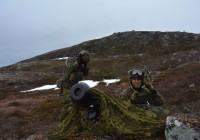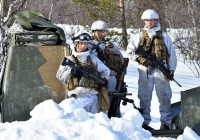Norwegian Army starts training with anti-tank mines near Russia border
ADVERTISEMENT
Practicing with anti-tank mines is nothing new for the Norwegian Army, but never so close to the border to Russia as this week. The sound of blast is not only loud enough to be heard by Russian guards patrolling the border to NATO-member Norway. It is also a clear message of power build-up in the north.
While the Garrison of Sør-Varanger (GSV) for decades after the end of the Cold War mainly focused its activities on border policing, the last few years have seen a significant strengthening of manpower and armament. A recently established ranger troop is tasked to ensure Norwegian sovereignty. Any foe will be met by military force.
“The ability to lay minefields is part of our capacity,” says Chief of the garrison, Lieutenant Colonel Michael Rozmara, as his engineering squad makes ready down deep in the snow-covered former iron-ore mine outside Kirkenes, Arctic Norway.
Read also: More than 40 new Russian tanks rumble in the borderland
Previously, soldiers with the Garrison had to get training with such high-explosives at Halkavarre shooting range, or at Rena military camp in southern Norway.
ADVERTISEMENT
The dynamite is carefully put in place by the soldiers at the training ground before the blast provides the anti-tank mine with sufficient firepower to destroy armored vehicles. Eliminating tanks and armored vehicles would be a clear priority for the Norwegian soldiers, repelling an advancing enemy.
Anti-tank mines are only one of several explosives the soldiers are exercising. Head of the squad, Erlend Wahl, explains how the soldiers will learn to blow up rocks, wood, concrete, and steel constructions.
“The purpose is to be able to perform correct blasting of objects and master all sorts of military firing systems,” he says.
During the Cold War, soldiers at the Garrison of Sør-Varanger were constantly training on two bridges important to blow up to slow the Red Army in case of invasion. The Elvenes Bridge and the Strømmen Bridge. Without those two bridges, heavy vehicles from the east would not be able to drive more than a few kilometers into Norwegian territory. At least for a limited time.
“Any military operation against an advancing enemy is aimed to reduce the enemy’s advancing speed,” says Lt Col Michael Rozmara.
“No comment,” Rozmara answers.

ADVERTISEMENT
The Barents Observer Newsletter
After confirming you're a real person, you can write your email below and we include you to the subscription list.


